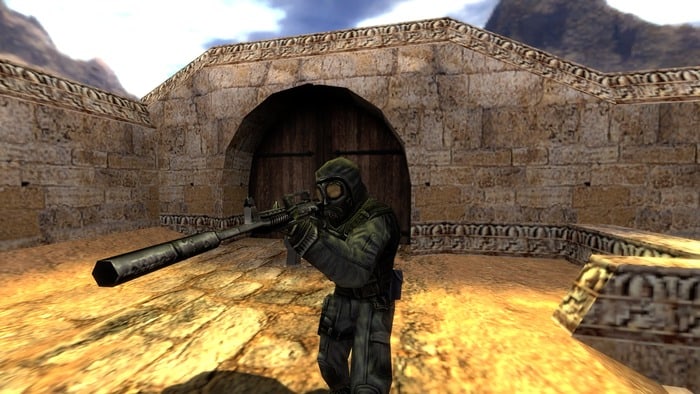
If you are a fan of Counter-Strike, you probably know about the major update in the latest part of the series: Valve introduced MR12 to the new version of their legendary shooter. Such a change made a fuss in the cybersport community, and it’s hardly surprising since the switch to another match system may have a significant impact on the professional scene.
Things will take a dramatic turn even for casual players and those engaged in the GG Bet online betting on Counter-Strike. There’s a lot to consider, so let’s puzzle out how the game ecosystem will change with the switch to MR12.
What’s MR12?
MR refers to the maximum number of rounds played before teams switch sides. In the case of MR12, players compete in 24 rounds per match (12 per half) and need to win 13 of them to secure victory. At the same time, draws are no longer possible, as the winner will be determined during overtime if the score is tied after 24 rounds.
Some people believe that Valve is just mimicking Valorant by switching to MR12, and such a lovely theory is backed up by the fact that Counter-Strike developers allegedly want to keep up with the growing popularity of Riot’s shooter. But in reality, the MR12 system is not new to CS – the MR15 format appeared on the pro scene only at CPL Winter 2004, while before that, teams played 24 rounds per match. Such experiments are quite understandable and natural when it comes to a game that has been around for more than two decades.
Impact on CS2 Tournaments
The switch to the MR12 system draws an even more obvious line between CS:GO and CS2. The move to the Source 2 engine is already a big event, not to mention the updated maps and improved visual effects. No doubt, MR12 emphasizes the distinctiveness of Counter-Strike 2, but it also brings some adjustments to the tournaments:
- Reduced playtime. According to Valve, the average length of one match reached 45 minutes in CS:GO, while the reduction in the number of rounds helps decrease the duration of the competition to 30 minutes. It makes games more enjoyable for both parties – players and viewers.
- More exciting, dynamic matches. MR12 forces players to reconsider their tactics, come up with new adaptive strategies, and perform more aggressively. There is no room for failures and mistakes as each round is so far extremely valuable. That’s why the matches are expected to be saturated and ramp up the adrenaline.
- Overall decrease in tournament duration. Playtime reduction provides an opportunity to host more CS matches per day and thus reduce the duration of the tournament. This should please the organizers who cover all related expenditures, including game broadcasting, player accommodation, staff salaries, and so on. Moreover, tournament formats may change as well.
How Things Will Change for Pro Players
There are several key aspects of how the MR12 system impacts the professional Counter-Strike 2 scene and players themselves:
- Increased performance efficiency. Professional CS players have very intense training schedules and take part in a huge number of competitions, each of which requires great dedication, strength, and perseverance. MR12 allows players to reduce the time spent on CS matches, giving them more opportunities to recharge energies.
- Better concentration. Concentration is crucial in first-person shooters, especially when it comes to international tournaments where the top players compete for world fame and huge cash prizes. Admit it, it’s much easier to stay focused at each moment of the game if the overall number of rounds is lowered.
- The need to leave the comfort zone. MR12 introduces something new to the Counter-Strike ecosystem, raising the bar for coordination and communication between teammates. Now, players must be ready for higher intensity and faster pace of the game, and not all of them are excited about the need to adapt to such changes. Although some esportsmen favor MP12, they claim that it will take them some time to get used to it.
The switch to the MR12 system in CS2 proves to be the most considerable change in the game’s history, bringing a fresh experience for the whole Counter-Strike community. However, the effectiveness of such a solution remains to be seen.
